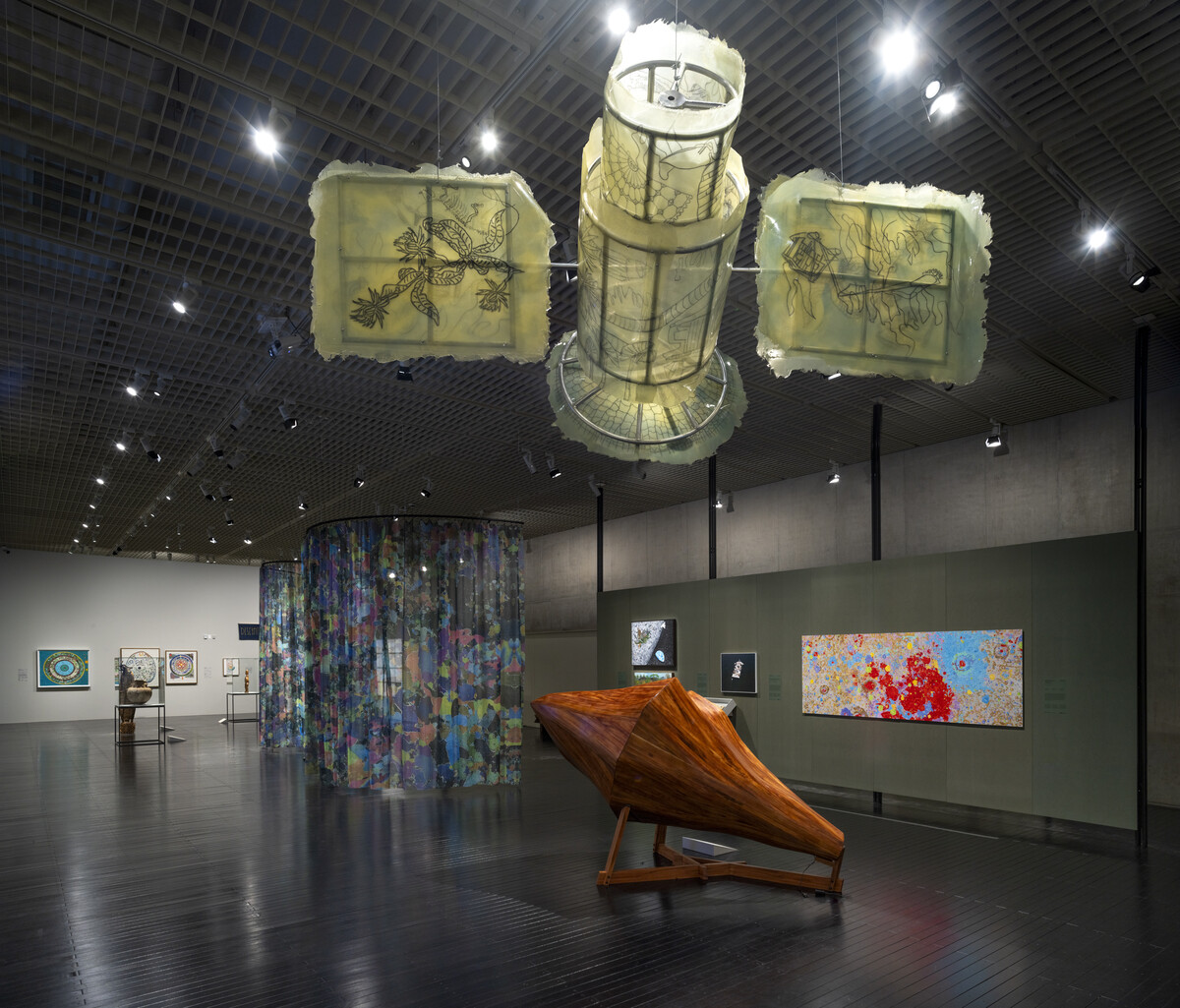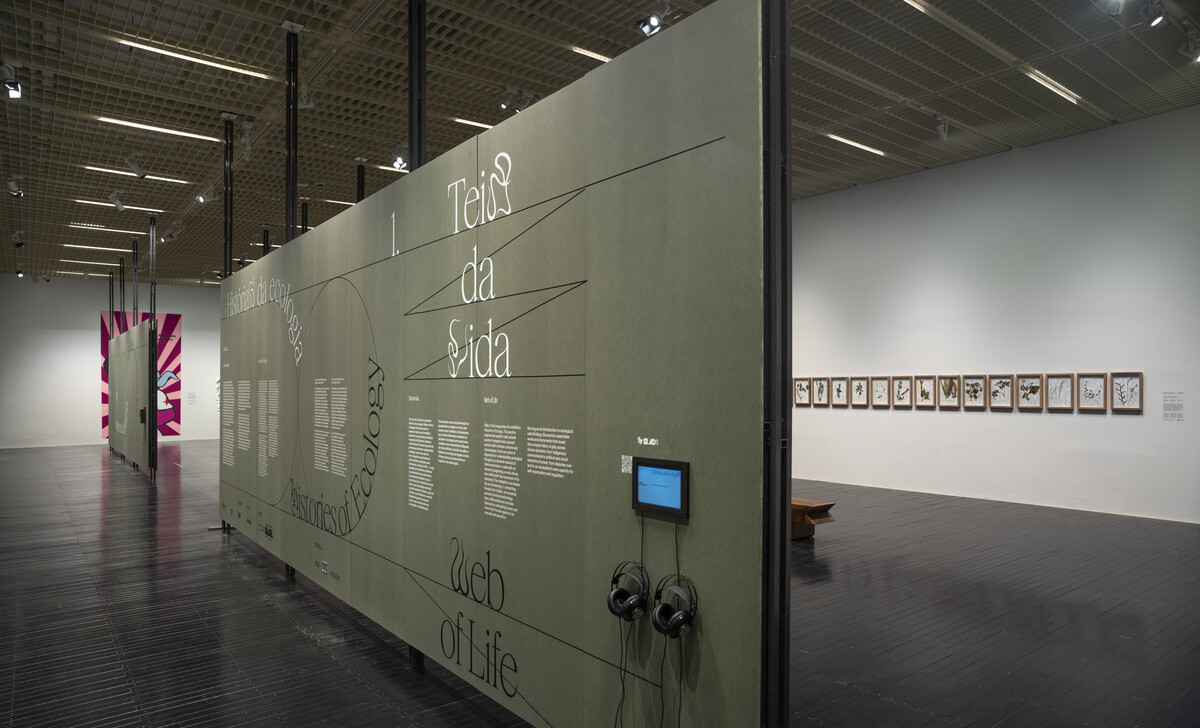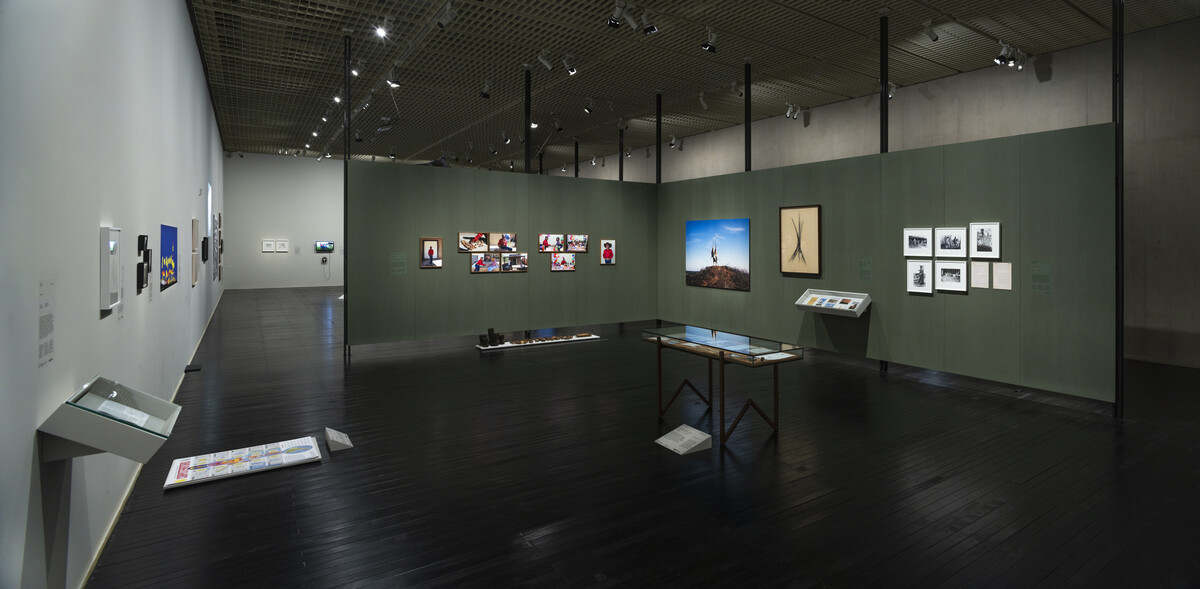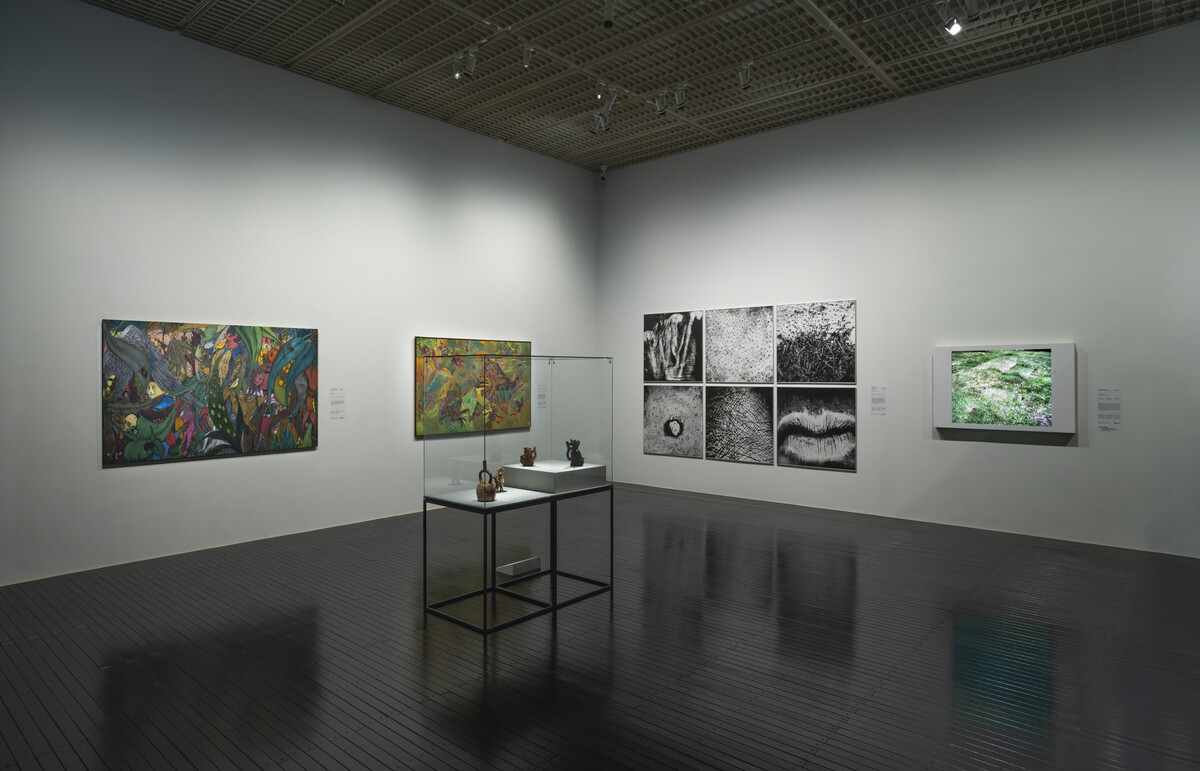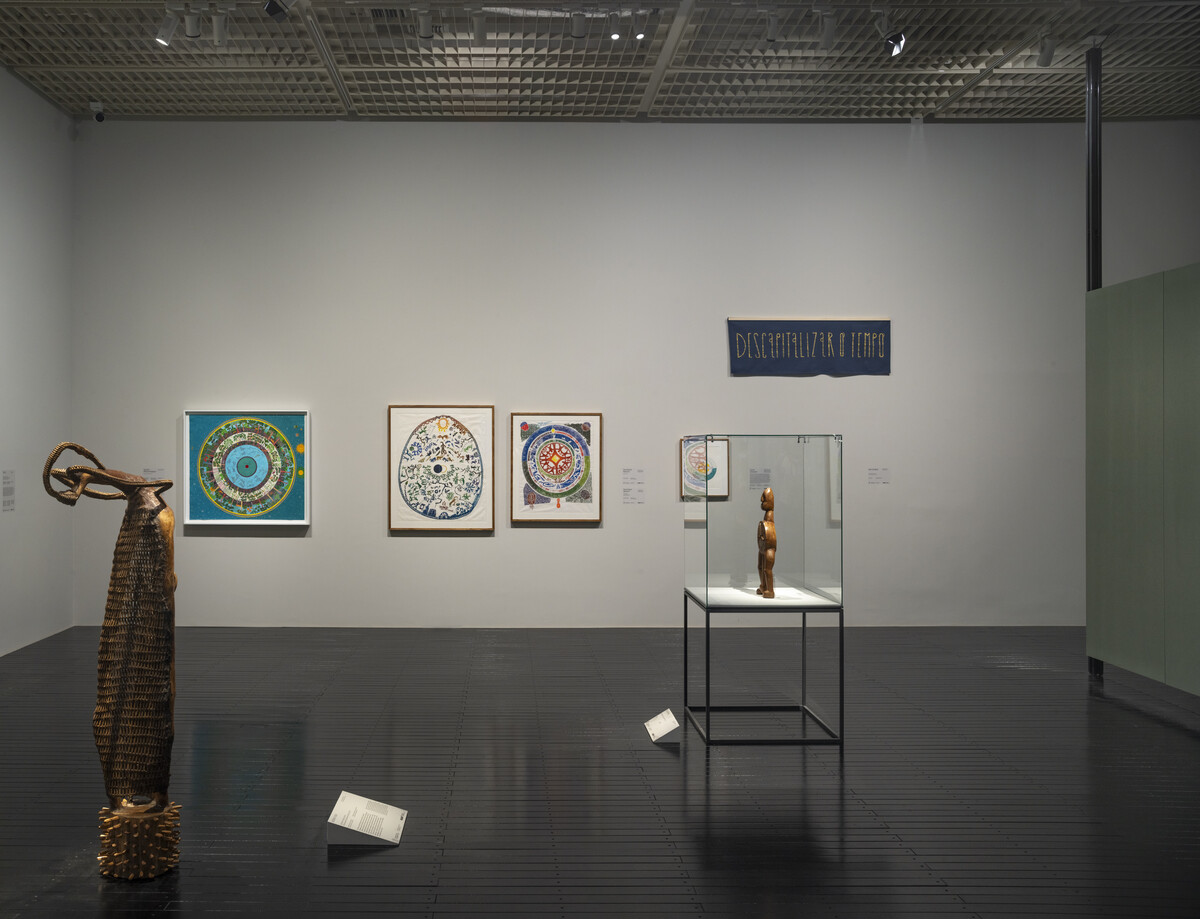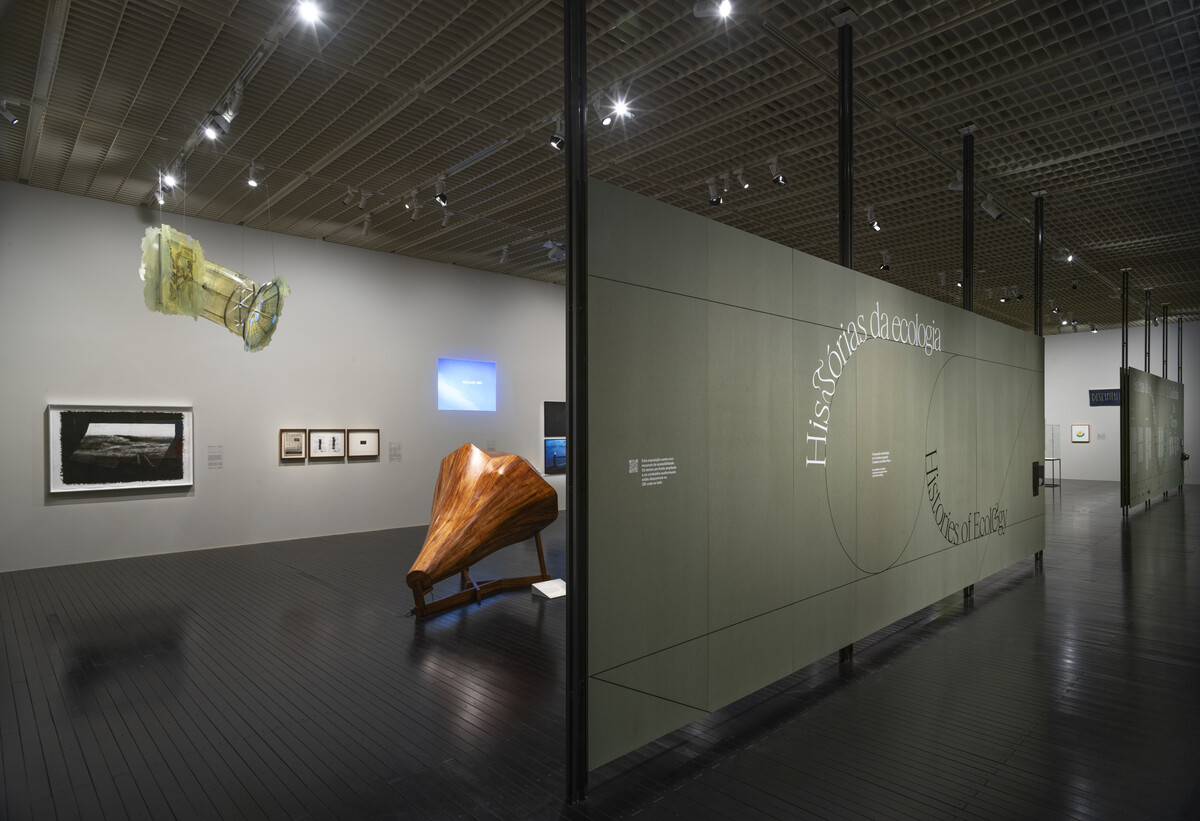
This international collective exhibition will occupy all of the exhibition spaces in the Pietro Maria Bardi Building and features over 200 works by artists, activists, and social movements from 22 countries, including Colombia, Iceland, Japan, New Zealand, Peru, and Turkey. Investigating ecology as a network of relationships between living beings and their world, the exhibition brings together works from communities, territories, and ecosystems in different places and periods.
The curatorial approach moves away from the idea of nature as something separate from society or which sees humans as hierarchically superior. “It is common for environment and ecology to be treated as synonyms. However, we chose ecology to encompass a system of relationships between humans and more than humans-animals, plants, rivers, forests, mountains, fungi, and minerals. We cannot think of nature as separate from humans,” says André Mesquita, curator at MASP.
Curated by André Mesquita and Isabella Rjeille, curators at MASP, the exhibition reveals common artistic perspectives on ecology and confronting the effects of the global climate crisis, proposing a political reflection on the theme by highlighting the human factor and the implications of social markers of difference, such as gender, race, and class. The exhibition is divided into five thematic sections that follow a linear order: Web of Life; Geographies of Time; Becoming; Territories, Migrations and Borders; and Inhabiting the Climate.
Web of Life addresses different perceptions of this network of interrelationships—from Indigenous worldviews to disputes over power, influence, and territory. The works The Political Life of Plants I and II (2021) depicts complex interconnections between plants and other beings. The videos follow artist Zheng Bo (China, 1974) on a walk through a beech forest in Brandenburg, Germany. Along the way, Bo talks with scientists Matthias Rillig, an expert in biodiversity and soil ecology, and Roosa Laitinen, who investigates the genetic plasticity of plants. The themes of their research intertwine with the artist’s reflections and the sounds and images of the forest.
Geographies of Time brings together Indigenous, Afro-diasporic, rural, and urban perspectives on the earth and the cosmos, life and death, regeneration, and care. The work Calendário [Calendar] (2024) by Aycoobo (Wilson Rodríguez) (La Chorrera, Colombia, 1967), a nonuya-muinane artist, brings an Amazonian Indigenous perspective on the cyclical temporality of nature. The drawing reveals a system of time marking that transcends Western linear logic, associating the passage of time with the transformations experienced by trees, plants, animals, and rivers in the Amazon rainforest. Ana Amorim (São Paulo, 1956) takes an intimate and processual approach to urban temporality. In Passage of Time Study (2018), every night for a month, the Brazilian artist recorded a map of her day and a tracking number. The result is a set of 31 drawings made with ballpoint pen on paper.
On Becoming investigates the relationships between humans and more-than-humans, as well as the symbolic, spiritual, and material modes that structure these bonds. The series of drawings Tentativas de criar asas [Attempts to Create Wings] (2000s), by Rosana Paulino (São Paulo, 1967), evokes hybrid beings in constant transformation––female figures who weave webs, break out of cocoons or grow wings, freeing themselves from structures that no longer serve them, like some insects. The photographic series Corpoflor (2016-present) proposes a radical hybridism between the human body and other beings in nature. In portraits and self-portraits, Castiel Vitorino Brasileiro (Vitória, ES, 1996) reveals unexpected corporealities that transcend gender and sexuality norms, creating ways of existing that resist the binary categorizations imposed by society.
Territories, Migrations and Borders focuses on forced displacement, migratory flows, and physical and social borders. The sculpture Refugee Astronaut XI (2024), by Yinka Shonibare (London, 1962), represents contemporary migrants, foreigners, and refugees. Since 2015, the artist has produced life-size figures of nomadic astronauts, equipped with helmets and dressed in space suits whose fabrics are inspired by African patterns. These characters seem to wander aimlessly, adrift between devastated worlds. Shonibare’s astronauts carry the traumas of the climate crisis and ecocide that expel millions from their homelands.
Inhabiting the Climate summarizes and, at the same time, expands on central issues present in the other sections of Histories of Ecology. It brings together works by artists, collectives, and movements that investigate tactics for radically occupying, experiencing, and imagining the city and the countryside. The new installation Descida da terra/trabalho das águas [Descent from the Earth/Work of the Waters] (2025), by Cristina T. Ribas (São Borja, RS, 1980), reflects on the effects of the floods that devastated Rio Grande do Sul in 2023 and 2024. The work commissioned by MASP consists of a translucent fabric suspended diagonally in the exhibition space, printed with images that reveal how the waters redrew the geography of rivers, lakes, and watersheds, impacting more than 650,000 people.
“Histories of Ecology moves between different fields of knowledge, including the geological, biographical, ancestral, spiritual, communal, local, and planetary. These intersections broaden our view of the current climate crisis, showing that it is not an isolated event, but rather something rooted in colonial and patriarchal structures that influence how we inhabit the planet,” says Isabella Rjeille.
Histories of Ecology is the theme of the 2025 curatorial cycle. The year’s program also includes exhibitions by Claude Monet, Frans Krajcberg, Abel Rodríguez, Clarissa Tossin, Hulda Guzmán, Minerva Cuevas, and Women Affected by Dams.
The exhibition is part of a series of projects around the plural notion of “Histories,” a word that encompasses fiction and nonfiction, personal and political accounts, private and public narratives, with a speculative, plural, and polyphonic character. These stories have an open, processual quality, as opposed to the more monolithic and definitive character of traditional historical narratives. In this sense, among its annual programs and previous exhibitions, MASP has organized Histories of Sexuality (2017), Afro-Atlantic Histories (2018), Women’s Histories, Feminist Histories (2019), Histories of Dance (2020), Brazilian Histories (2021-22), Indigenous Histories (2023), and Queer Histories (2024).
